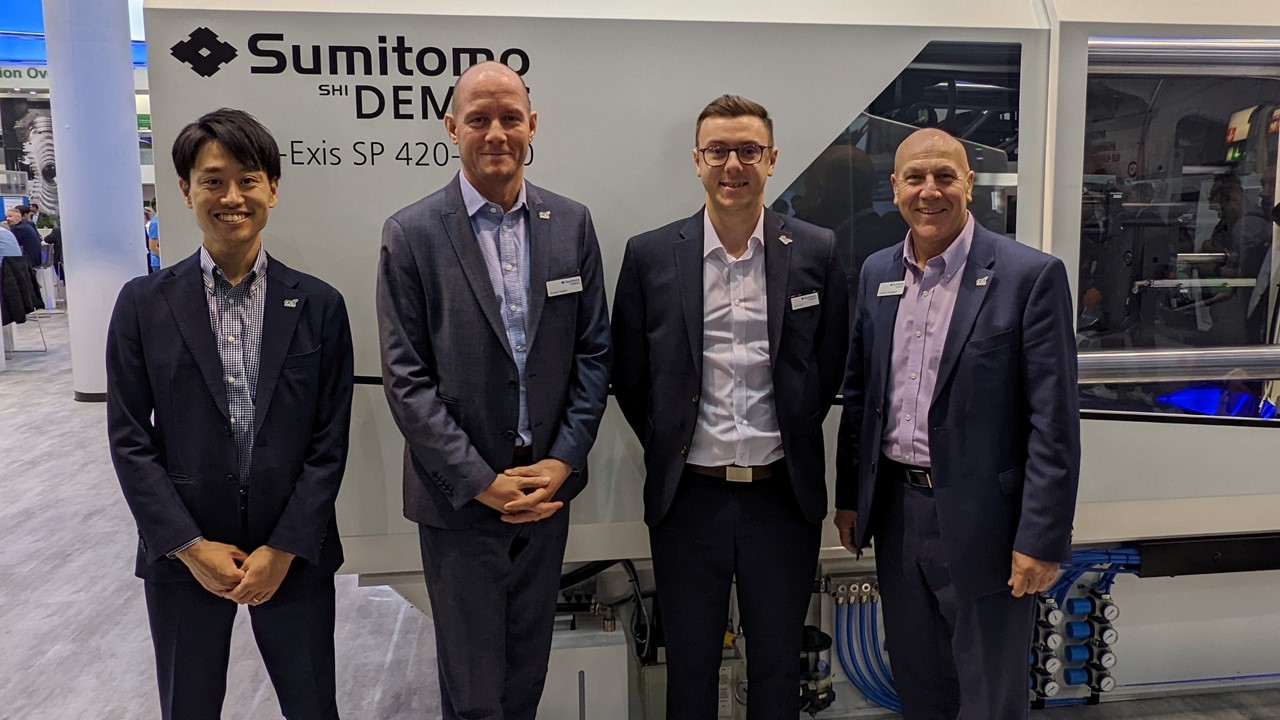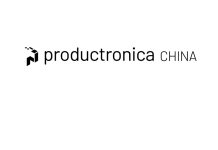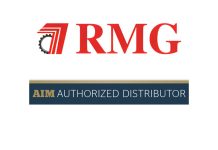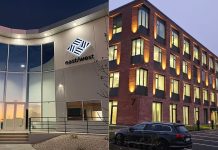Creating a cleanroom environment that meets GMP regulations can often be a cumbersome task for organisations within the medical moulding space. As well as being costly and timely to implement, regulatory compliance often results in the process becoming more convoluted than strictly necessary. The guidance from the global medical team at Sumitomo (SHI) Demag is to keep the process simple, and to utilise technical expertise and knowledge.
With production space at a premium, medical injection moulding experts at the firm – Andrew Sargisson, Regional Sales Director, and Sam Carr, UK Medical Business Development – share their cleanroom production industry insights, tips and the top trends shaping the MedTech cleanroom space.
In the latest 2022 report curated by Data Bridge Market Research, the global cleanroom technology market is anticipated to grow to USD 4.25bn by 2029. Driven by a surge in demand for high quality medical applications compliant with regulatory standards, control variables, including air flow, humidity and equipment temperatures, are all essential considerations.
More than a white space
There are three critical features that medical manufacturing cleanrooms must effectively observe and implement. The first of these requirements is that internal surfaces and equipment needs to be designed in a way that mitigates contamination and can be sanitised with ease. Furthermore, a source of filtered air flow is needed to effectively regulate temperature, humidity and air quality, while simultaneously extracting particulate contaminations. Introducing robust operational and maintenance procedures and ensuring staff are fully trained is equally critical.
Rising energy costs combined with the upfront costs of building a cleanroom means that investment decisions are rarely taken on a whim. Most medical moulders will only embark on cleanroom projects to fulfil regulatory FDA, GMP Annex 1 and CFR Part 211 requirements.
In order to comply with these requirements, the equipment used in the manufacture, processing, packing or holding of a drug product needs to be of an appropriate design, adequate size and suitably located.

The choice of moulding machinery selected for cleanrooms is generally customer-specific. Where medical components need to be manufactured and packed in a self-contained cleanroom environment to meet ISO Class 7 or 8 standards and comply with any GMP Annex 1 and FDA regulations, a fully configured all-electric injection moulding machine can be a straightforward way to eliminate the biggest contamination risks … people.
That’s because the exposed points where a plastic component may come into contact with the environment are all enclosed. For that very reason, virtually every global cleanroom project undertaken by the medical team at Sumitomo (SHI) Demag now features an IntElect machine.
Keeping it simple
Andrew Sargisson stresses the need for organisations to keep things simple when it comes to commissioning moulding machinery for a cleanroom environment and cautions against over specifying superfluous equipment. This, he claims, is likely to create needless issues down the line.
For example, focussing solely upon the cleanroom classification itself could leave medical manufacturers exposed to unwarranted compliance requirements that, once approved, they must continue to adhere to. Sometimes effective ventilation is all that’s required. Yet, for sterile medicinal products, the requirements – defined by Annex 1 of the EU and PIC/S GMPs – are now even more stringent.
This is where global expertise is a true benefit. Out of regulatory fear, people may submit a user requirement specification (URS) request for a cleanroom solution that is excessive for the medical component being made.
As a global medical team that works collaboratively across borders and are all GMP-trained, the group is able to pull in technical experts and provide high quality consultancy at the start of any medical cleanroom project. This makes it much easier to manage defined steps for design, installation, operational and production Qualifications and Validations of cleanroom machinery.
Turning Cleanrooms into ‘Greenrooms’
As filtered air controlled production environments, moulding cleanrooms are extremely energy intensive. Experts estimate that in some cleanroom facilities, the air units that circulate fresh air and extract particulates can consume around 60 percent of all production power.
Given today’s energy crisis, there’s a real push to conserve natural resources and reduce the ecological impact. Yet, stringent workflows to prevent pollutants spreading and contaminating products make this inherently challenging in cleanrooms.
To counter any adverse impacts of the ensuing energy crisis, medical moulders may want to consider fully utilising any ‘white space’ inside their cleanrooms, occupying any extra space with additional machinery or equipment. The benefits of this are multiple, in that organisations can increase their operational capacity without the need to power or fuel additional space.
Lower ceiling heights is another tactic to reduce the overall atmosphere that requires HEPA filter control. Even if the physical space remains unchanged, the reduced footprint of today’s compact all-electric machines now enables MedTech manufacturers to optimise their cleanroom envelope, boosting cost and productivity metrics considerably.
Clamping down on heat generation
Over-cluttering is not in-line with the GMP standards. Removing free-standing periphery equipment from the floor and integrating into the moulding machine cell, including hot runner controllers, cables, and even automation, eliminates another surface area and consequently additional sources of heat generation.
Integrated electric direct drives is another consideration. Providing the force transmission, one of the key processing advantages of electric drives is the ability to control the linear axis with velocities in excess of 500mm/s. With no belts spinning, the drives don’t have to work as hard.
This increased efficiency gained from direct drives means that they use considerably less energy – in the case of the IntElect between 40% and 85% less than conventional solutions.
Having this level of drive control also makes a subtle difference to clamp force. Use too much force and the machine’s energy consumption rises. Rather than diverting straight to the maximum clamp force, a medical IntElect machine, with its smaller than average injection unit, can override and select the appropriate clamp force for a particular combination of component geometry and polymer material. For high cavitation medical components, where precision is fundamental, this is a gamechanger, as the machine isn’t overworking itself. When this happens not only is excess heat being generated, it can also cause premature tooling wear and tear.
Heat transference is another consideration. A portion of electrical power is used to directly heat the barrel to melt resin. Another to run the machine drive, inverters and motors, which in turn also generates heat. All of the heat generated must be dispersed either via thermal convection or – in most cases – an active cooling system.
Thermal imaging of the direct drive provides a good indicator of any inefficiencies and heat emissions. On the IntElect machines, the active air cooling (fan) is not activated until the motor reaches 55°C. If no heat emission on the drive, no additional energy is consumed.
Big moulds … small contained space
In order to achieve the highest production output in the smallest space, the medical IntElect’s larger than average platen area offers greater production flexibility and accommodates various high cavity tool configurations. Comprising tie bar distances between 360mm and 1100mm, this enables cleanroom medical manufacturers to get the most output in the minimum footprint.
Among the latest developments by Sumitomo (SHI) Demag is the feasibility to combine LSR and thermoplastic moulding in one cleanroom moulding cell, allowing moulders to switch between the two. Other innovations from the company include integrating laminar air flow systems to flood the mould surface and part handling areas with HEPA filtered air.
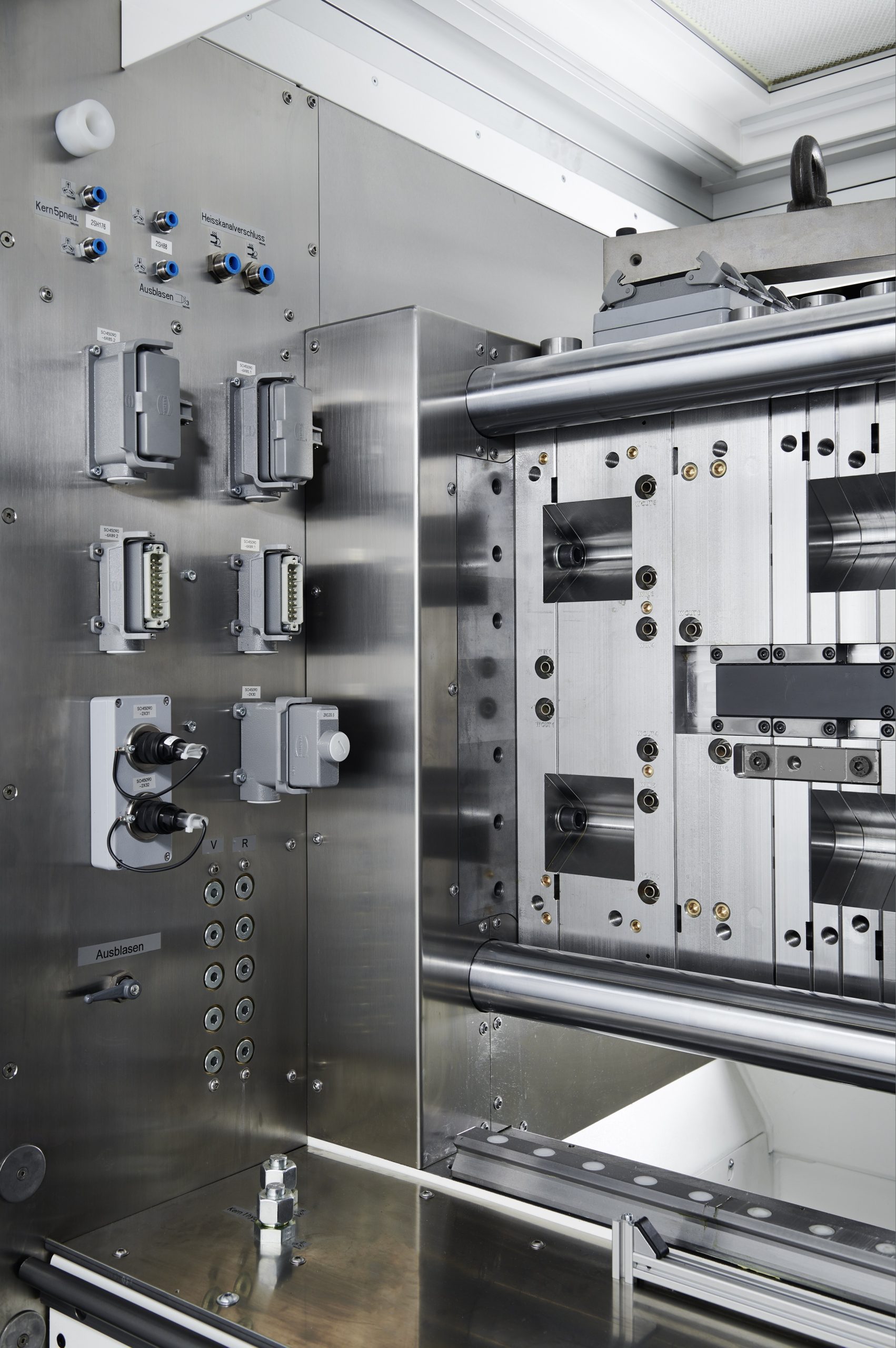
GMP compliant technical features, such as raising the machine 100mm off the floor, helps to maintain cleaning standards. Additionally, total stainless steel fixed platen coverage on the top, sides and underside without any cut outs ensures air flow is not disturbed. Inside the cell, yet outside the mould space, cooling, temperature and pneumatics can be attached. Eliminating cables and hoses in the mould space.
Once parts are moulded, integrated robotics can quickly and accurately transfer components to the conveyor system, chute or packaging system as required.
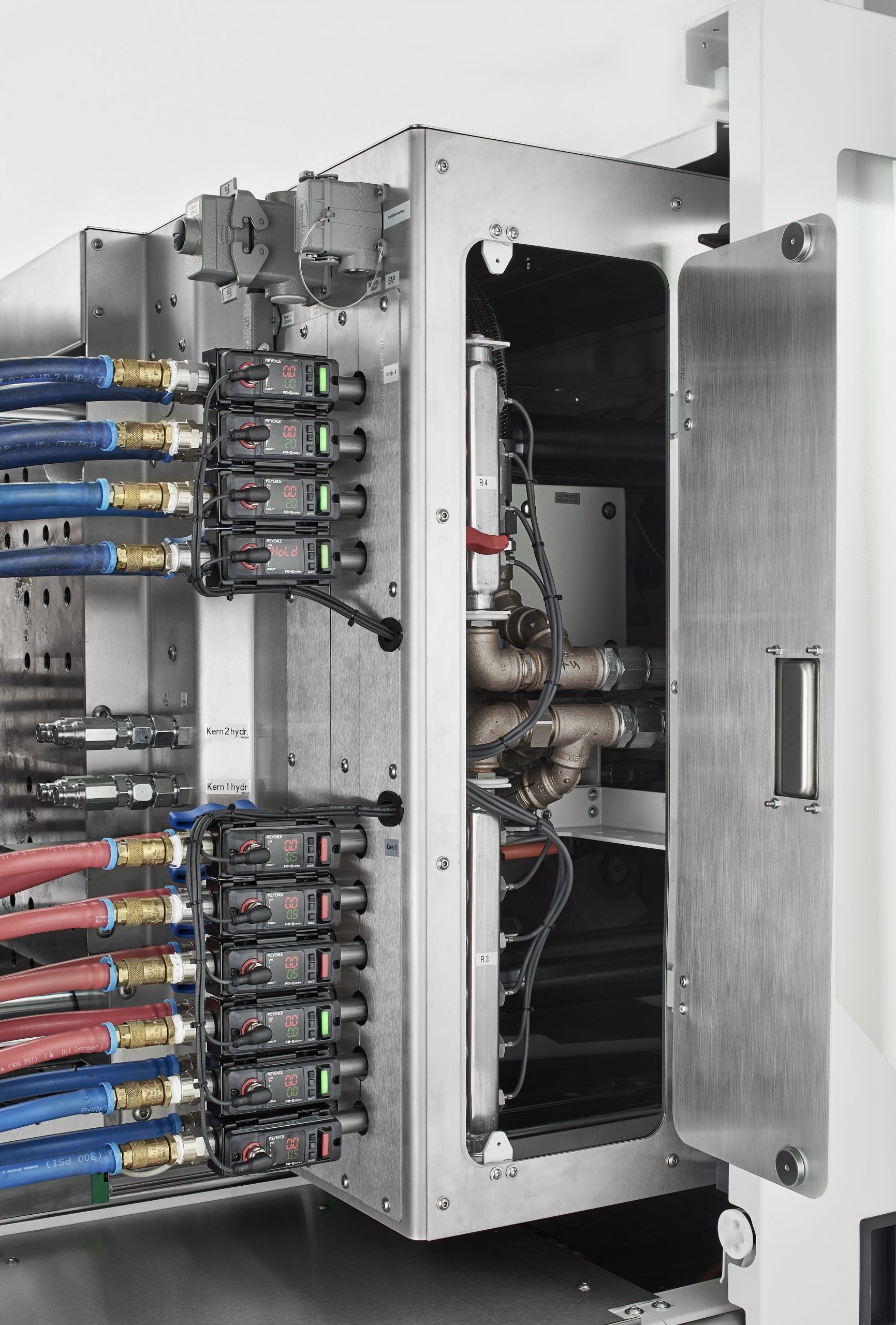
Cleaner communications
A huge leap forward in cleanroom production is the introduction of smarter communication platforms. Specifically OPC-UA architecture. Designed to enhance traceability and optimise processing stability, medical manufacturers can now extract all performance data from the machine and all the contained periphery equipment, without stepping foot into the cleanroom environment.
Supporting interoperability and securely recording time series data and analysing process parameters, the OPC-UA interface records, channels and collates every processing aspect from all the peripheral devices attached to the cell. This contextualised data is then submitted from the core of the production cell, straight to production and QC managers.
Information such as CO2 consumption and recycling rates can be captured during the production of medical components. Circling back to help manufacturers collate more robust documentation of its ecological production footprint.
Rather than trying to second guess cleanroom compliance implications, the Sumitomo (SHI) Demag medical team works collaboratively with customers to examine the cleanroom processing pains and provide suggestions and solutions.
By considering all these factors, achieving regulatory compliance in MedTech cleanrooms may not be as complex as perhaps first presumed. To summarise:
- Utilise excess cleanroom space in the most effective and advantageous manner possible.
- Don’t over-think or over-specify equipment: Draw upon the expertise of a global team to assist with scoping out the design, installation, operational and production requirements.
- Support and enhance interoperability by deploying smarter communication tools.
For more information, please visit www.sumitomo-shi-demag.co.uk.


